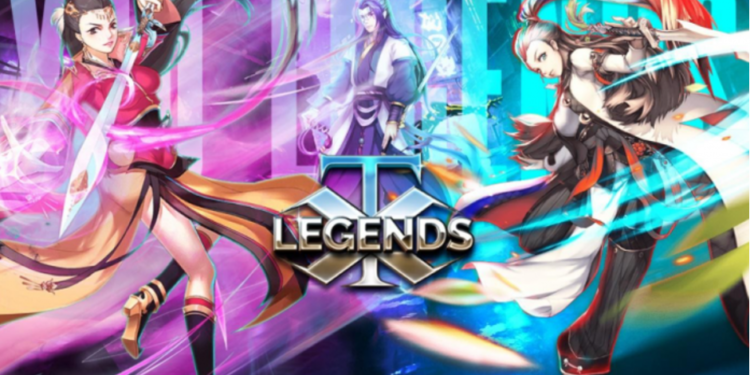It’s no secret that gaming has turned from a passive hobby to a multibillion-dollar industry. According to Accenture, the global business is currently valued at over $300 billion, driven by an influx of new gamers looking for social interaction.
With the rise of the blockchain, the industry paradigm has changed. Instead of money going only to game developers and distributors, players can now generate an income from cryptocurrencies or non-fungible tokens (NFTs) using their computer or smartphone in play-to-earn games. The trend has even reached the major game distributors, with Ubisoft announcing plans to launch NFTs into the next Ghost Recon game.
What are play-to-earn games?
In many games – especially Massive Multiplayer Online (MMO) games – players collect digital items to further their progress. These can include in-game objects like weapons, property or wearables. They’re usually earned as rewards for completing quests and challenges, or acquired from loot boxes bought with real currency. From various skins to in-game currency, items let gamers customize their characters with new outfits and better equipment, but none of these can be sold to other players for cash.
This is where play-to-earn games – or GameFi – come into play. Leveraging the immutability of blockchain technology, game designers can create in-game items and rewards that are provably unique and transferable. Rewards can range from earning native digital currencies to collecting NFTs or be earned from staking. In turn, coins can be exported to crypto wallets to be converted to fiat currency like U.S. dollars, while NFTs can be sold to other players via in-house trading platforms or secondary marketplaces.
The popular play-to-earn game X10 Legends, for example, allows players to purchase, battle and minted heros exclusively on the BSC blockchain. Because each hero is represented by an NFT, they can be bought and sold peer-to-peer using cryptocurrency.
How to pick the right play-to-earn game
Once you understand how play-to-earn games work, you can start looking for one (or several) that works best for you. With hundreds of play-to-earn games already out there (and hundreds more in development), the question is, how do you find the best one for you?
The key to this is all about the fine print. Before you jump in, you need to understand how rewards are paid out, how you can convert in-game coins to other cryptocurrencies and what you actually want to gain from your experience.
X10 Legends
X10 Legends is currently the latest blockchain game where players earn rewards in SHL, a form of crypto tokens which can be exchanged for real money. Players will be able to buy or collect various card packs of NFT loot boxes to obtain their favorite Chinese Martial Arts heroes. The combat power of the player is increased by upgrading the cards and card or joining clans. With a higher total combat power, players can also mine more rewards from the game through the in-game Card Staking function.
By introducing a dedicated marketplace, NFTs and blockchain technology, the trading of NFT assets are more secure and represents the players’ true ownership. Players can also put their NFTs up for sale on the in-game marketplace.
Bottom line
While play-to-earn crypto games can be profitable, they often come with both an initial monetary investment and a time cost to learn the game and grow your investment. By doing your due diligence and preparing to go long in your GameFi experience, it’s possible to have fun and earn valuable cryptocurrency rewards for your time.















